Understanding Sewing Machines, Overlockers, and Coverstitch Machines: A Beginner’s Guide
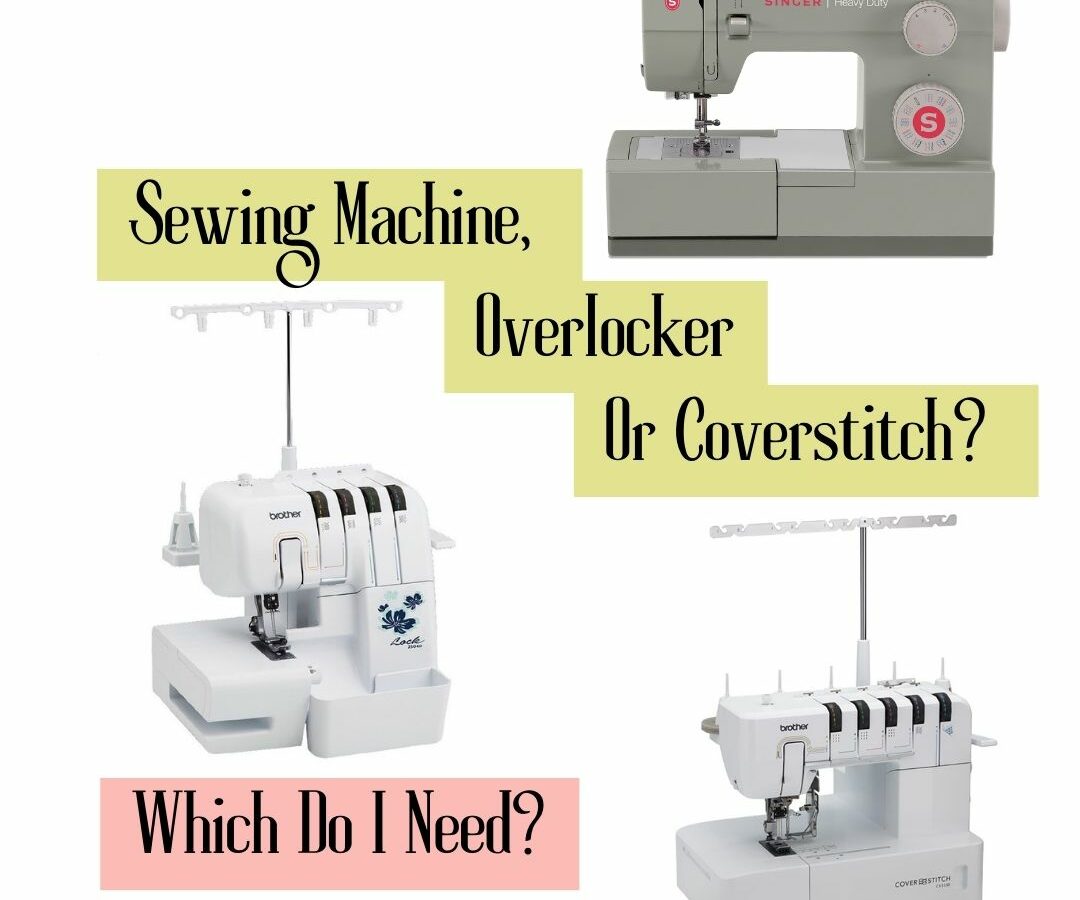
Understanding Sewing Machines, Overlockers, and Coverstitch Machines: A Beginner’s Guide
Are you new to the world of sewing or returning after a break? Welcome back to the wonderful world of creativity and self-expression! As you embark on your sewing journey, you may encounter a variety of machines designed to help bring your sewing projects to life. But the more you learn, the more questions you may have. What is the difference between a sewing machine and overlocker? What’s a coverstitch matchine? Do I need them all?
In this blog post, we’ll explore the differences between three essential machines: sewing machines, overlockers, and coverstitch machines. So grab a cup of tea and a timtam, and let’s dive in!
1. Sewing Machines: Your Versatile Workhorse
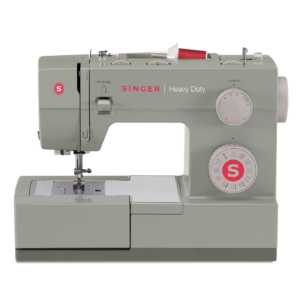
First up, let’s talk about sewing machines – the backbone of any sewing room. Sewing machines are incredibly versatile tools that allow you to stitch fabric together with precision and ease. Whether you’re sewing garments, quilts, or home decor items, a sewing machine is essential for bringing your creative visions to life. This is the one machine you need! If you don’t yet have one, there is another blog post to help you here.
Benefits:
- Versatility: Sewing machines can handle a wide range of sewing tasks, from basic stitching to more complex techniques like buttonholes and decorative stitches.
- Precision: With features like adjustable stitch length and width, sewing machines give you precise control over your stitching.
- Ease of Use: Modern sewing machines often come with user-friendly features like automatic needle threading and built-in stitch guides, making them accessible even for beginners.
Limitations:
- Seam Finishing: While sewing machines can perform most tasks at some level, they’re not the top choice for finishing raw edges or sewing stretchy fabrics.
2. Overlockers: Your Secret To Professional Looking Seams
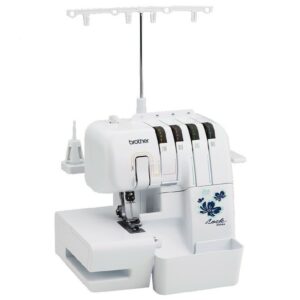
Next, let’s talk about overlockers – sometimes referred to as sergers. Overlockers are specialized machines designed to create neat, professional-looking seams that are finished and durable. They’re particularly useful for sewing knit fabrics and creating garments with stretch. (Tip: If you’re new to sewing stretch fabrics, check our our ‘Stretch Yourself‘ course.)
Benefits:
- Seam Finishing: Overlockers excel at finishing raw edges, preventing fraying and adding a professional touch to your projects.
- Stretch Fabrics: Overlockers are ideal for sewing stretchy fabrics like jersey and spandex, thanks to their ability to create stretchy seams.
- Speed: Overlockers are typically faster than sewing machines when it comes to finishing edges and sewing seams.
Limitations:
- Complexity: Overlockers can be more complex to thread and operate compared to sewing machines, requiring a bit of practice and patience to master.
- Limited Stitch Options: While overlockers are great for serging edges and sewing seams, they’re not designed for decorative stitching, hemming or topstitching.
3. Coverstitch Machines: Perfecting Professional-Looking Hems
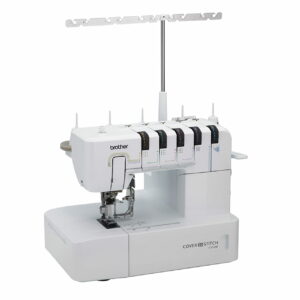
Last but not least, let’s talk about coverstitch machines – the secret weapon for achieving beautifully finished hems and topstitching on your garments. Coverstitch machines create parallel rows of stitching on the top of the fabric, with a neat, stretchy finish on the underside.
Benefits:
- Professional-Looking Hems: Coverstitch machines create perfectly hemmed edges with a clean, polished finish, ideal for garments like T-shirts, leggings, and activewear.
- Stretchy Seams: Like overlockers, coverstitch machines create stretchy seams that are perfect for knit fabrics and garments with movement.
- Versatility: Coverstitch machines can be used for a variety of techniques, including hemming, topstitching, and attaching elastic.
Limitations:
- Single Function: Coverstitch machines are designed specifically for hemming and topstitching, so they may not be as versatile as sewing machines or overlockers.
- Threading: Coverstitch machines can be a bit tricky to thread, especially for beginners, but with practice, it becomes easier.
Conclusion: Pick The Machine(s) That Match Your Needs
In conclusion, each machine – sewing machine, overlocker, and coverstitch machine – serves its own unique purpose in the sewing room. Whether you’re sewing garments, quilts, or home decor items, having the right tools at your disposal can make all the difference in the quality and finish of your projects.
My personal recommendation? Start with just a sewing machine and spend some time learning what items you want to sew, which fabrics are your favourites and so on. Once you know what exactly you want to achieve, then you’ll know whether an overlocker or a coverstitch would be a wise investment.
So, as you embark on your sewing journey, consider your sewing goals and the types of projects you’ll be working on. Whether you’re looking for versatility, professional finishes, or stretchy seams, there’s a machine out there to meet your needs.
Ready to start sewing? If you’re a complete beginner, start with the ‘Winning Beginnings’ course. If you’re already confident and itching to try a pattern, look at the Wayfinder Pants for a perfect beginner woven pattern, or the Wonder Undies for a scrap-busting beginner stretch option. Let’s bring your creative visions to life, one stitch at a time!
Happy sewing!
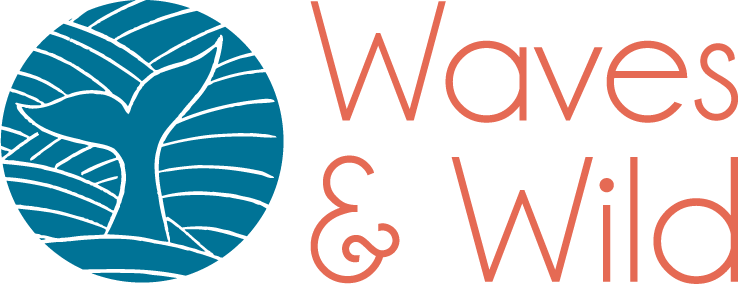
Leave a Reply